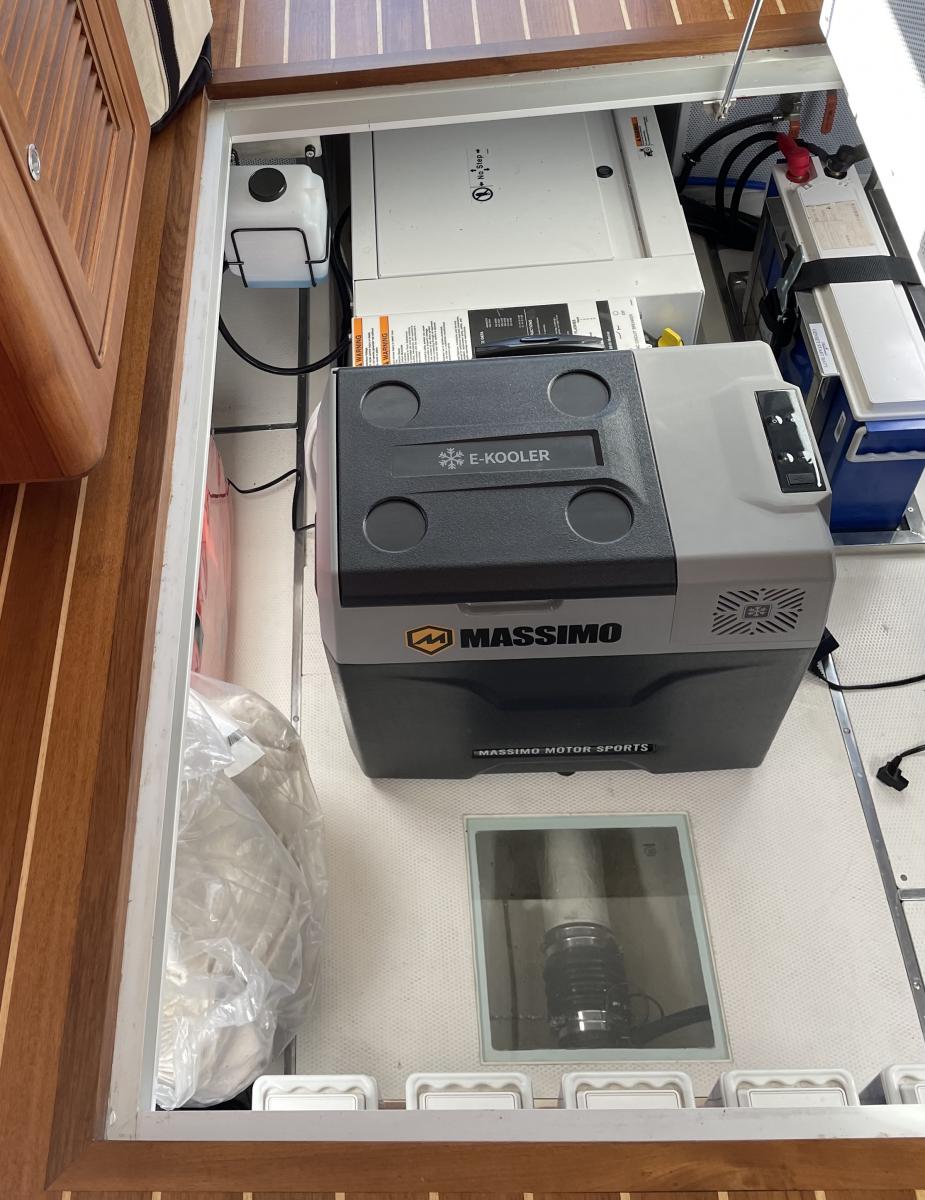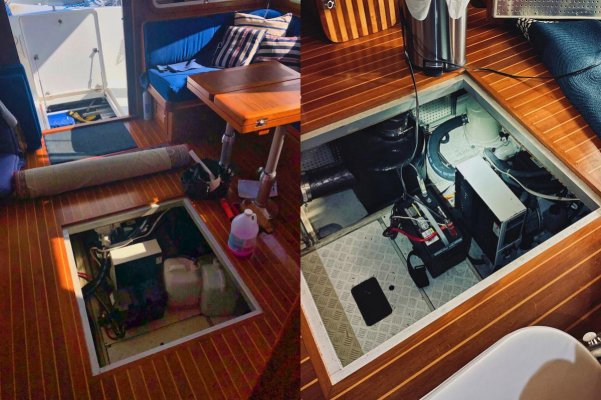Tom-Jill-Lilly
Senior Member
- Joined
- Sep 23, 2021
- Messages
- 190
- Vessel Name
- Embark
- Vessel Make
- 38E Helmsman - #51
getting ready for end of season - the bottom side
Hi..
in the past all my boats had trailers and I could do whatever I needed and when.
Now I own a new Helmsman 38. It's been fresh water for a month followed by salt water and driving for 5 months.
I don't have easy access for a haul out and would need to take it to Anacortes for that job.. We do have a reputable diver who scrubs bottoms and replaces zincs in Roche Harbor.
The vessel will be in the water year-round at Roche when we are not cruising.
So the question... given its new and I've had concerns about electrolysis at the dock in past years, what would be a plan to maintain it?
Hire a diver when I get back? How often?
Or only do hual outs which is 2 days of travel work to Anacortes?
Looking for thoughts. I'm sure there are more than one answer to this and opinions.
Thanks, Tom
Hi..
in the past all my boats had trailers and I could do whatever I needed and when.
Now I own a new Helmsman 38. It's been fresh water for a month followed by salt water and driving for 5 months.
I don't have easy access for a haul out and would need to take it to Anacortes for that job.. We do have a reputable diver who scrubs bottoms and replaces zincs in Roche Harbor.
The vessel will be in the water year-round at Roche when we are not cruising.
So the question... given its new and I've had concerns about electrolysis at the dock in past years, what would be a plan to maintain it?
Hire a diver when I get back? How often?
Or only do hual outs which is 2 days of travel work to Anacortes?
Looking for thoughts. I'm sure there are more than one answer to this and opinions.
Thanks, Tom



 bring Alba Bella home from Roche Harbor yesterday.
bring Alba Bella home from Roche Harbor yesterday.